Curriculum
Education is for Everyone.

Traditional East Asian Medicine Theory
Hours
Credits
Outlines the fundamental concepts of East Asian Medicine, including the history of healing, yin/yang theory, zang-fu organ theory, vital substances, Qi transformation, five elements theory, and the causes of internal and external disease. Also includes an introduction to diagnosis (looking, hearing and smelling, asking, and feeling) and pattern identification (eight principles, Qi/blood/body fluids, internal organ zang- fu). Utilizes case studies to illustrate concepts.

Chinese Medical Terminology
Hours
Credits
Introduces Chinese language & culture relevant to the practice of Chinese medicine in America through conversational Mandarin, character recognition, the evolution of written Chinese, calligraphy and cultural competency.

Qigong 1
Hours
Credits
Introduces experiential knowledge related to East Asian Medicine energetics and the concept of Qi through Qigong and taijiquan. Teaches exercises for health maintenance and creating balance, breathing exercises for organ detoxification, and tips on how to become more centered and focused.

East Asian Medicine Bodywork I
Hours
Credits
Outlines the basic methods and principles of Tui na (including myofascial release) through lecture and hands-on practice for use as a treatment modality in clinical practice.

East Asian Medicine Bodywork II
Hours
Credits
A continuation of OM 131 OM Bodywork I, students will advance their practice of Tui na and learn the hand-techniques needed to successfully practice Tui na in a clinical setting.

Diagnosis Theory I
Hours
Credits
Discusses the methods of diagnosis to help identify patterns of imbalance and make a differential East Asian medical diagnosis. Diagnostic patterns include eight principles, Qi/blood/body fluids, internal organ zang-fu, pathogenic factors, five elements, acupuncture channel, six stages, four levels, and three burners. Utilizes case studies to illustrate concepts.

Diagnosis Theory II
Hours
Credits
Discusses the methods of diagnosis to help identify patterns of imbalance and make a differential East Asian medical diagnosis. Diagnostic patterns include eight principles, Qi/blood/body fluids, internal organ zang-fu, pathogenic factors, five elements, acupuncture channel, six stages, four levels, and three burners. Utilizes case studies to illustrate concepts.

Diagnosis Practicum
Hours
Credits
Illustrates methods of examination—looking, hearing and smelling, asking, and feeling—with special emphasis on pulse palpation and tongue observation to identify patterns of imbalance and make a differential East Asian medical diagnosis.

AOM Review
Hours
Credits
This course reviews the field of East Asian Medicine with the emphasis on preparation for the California Acupuncture Licensing Exam (CALE) and NCCAOM certification exams and the AOM Comprehensive Exam for this class. Test-taking skills will be developed and honed through consistent practice.

Clinical Case Review
Hours
Credits
Through the use of case studies, students learn to correlate Chinese medicine patterns and biomedicine disease identification, integrative treatment management, referrals, and lab/ diagnostic image ordering. Advanced practice in writing and modifying herbal prescriptions, selecting acupuncture points, and making appropriate dietary and lifestyle recommendations is also gained.


Foundations of East Asian Medicine Introduction
East Asian Medicine (EAM) theory is the keystone of understanding in East Asian Medicine. Students are immersed in the study of OM theory in the first trimester with a comprehensive course that outlines its fundamental concepts. In the following trimesters students receive in-depth training in East Asian Medicine diagnosis just as they begin to practice it in concurrent clinic observation classes.
Our Curriculum
Academics
